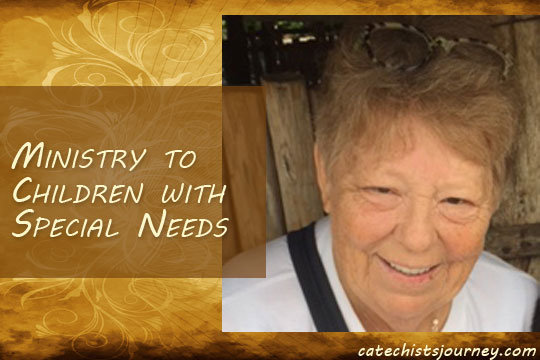
Here are a few easy ways to simplify your communication in the classroom. [Find more ways to reduce teacher talk in The Adaptive Teacher.]
- Awareness and effort: Listen to yourself while giving instructions, and become more aware of the amount of verbiage you use. Ask yourself, How can I say this in fewer words? You’ll be amazed at how many extra, needless words are in your instructions.
- Become more comfortable with silence: Catechists and teachers will sometimes ask a question that students aren’t immediately able to answer. After only a few seconds, they’ll jump in with a clue, restatement, follow-up question, or encouraging words. Resist the urge to jump in, and allow students time to think—an essential help for including learners who process information more slowly.
- Teach by asking instead of telling: “Spoon feeding in the long run teaches us nothing but the shape of the spoon.” —E. M. Forster
Ask questions that will prompt students to discover the answers instead of spoon-feeding them information. For example, if a student asked, “Why did Jesus cry at Lazarus’s tomb?” instead of directly answering, you could say, “How do you think those around Jesus were feeling? How did Mary and Martha react to Jesus arriving late? What would happen when Jesus raised Lazarus from the dead?”
—Excerpted from The Adaptive Teacher: Faith-Based Strategies to Reach and Teach Learners with Disabilities by John E. Barone and Charleen Katra





Be the first to comment